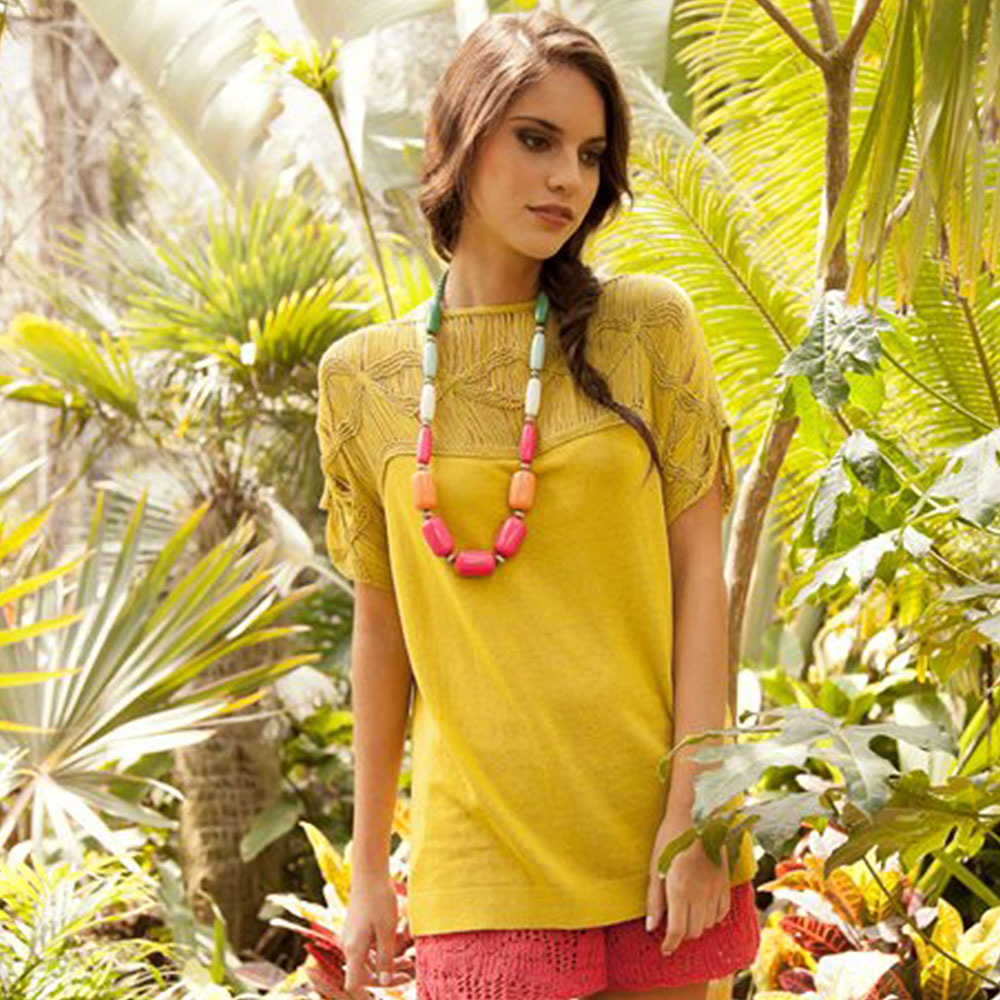Cotton is quite possibly of the most valued texture on the planet and has a long history of market exchange, assuming an essential part in the Modern Unrest in England and all through a large part of the US's presence.
While all cotton filaments have that outstanding non-abrasiveness and cushiness, not all cottons are made equivalent. Peruvian Pima cotton is a luxury cotton, exceptionally esteemed in the worldwide market, and held over all others in quality.
A Short History
Arranged experimentally as Gossypium barbadense, Pima cotton acquired its name from the Pima Indians, the first to gather the filaments in the US. In the mid 1900s, the U.S. Branch of Horticulture set up an exploratory ranch in desires to develop this types of cotton.
Be that as it may, this cotton had a long history before the Pima Indians. The cotton had been developed in South America, in particular Peru, for quite a long time, while perhaps not entire centuries. To Peruvians, the fiber was known as "gamuza," which is Spanish for "suede." Archeologists have found Pima cotton pieces in Peru that date as far back as 3100 B.C.
The Incas additionally developed and wove Pima cotton to extraordinary impact in both down to earth and imaginative pursuits. The Spanish Conquerors were dazzled by the Incas' winding around strategies and nature of materials, however a large number of these procedures were lost during Spain's victory of South America, sadly.
Put Aside from the Rest
Cotton is normally agreeable, permeable, and solid. Nonetheless, similar to espresso or fine wine, the nature of cotton shifts significantly relying upon various elements. Pima cotton is proclaimed as the best for three reasons:
Optimal growing conditions:
Although a small amount of Pima cotton is grown in California, West Texas, New Mexico, and Arizona, the majority of it is grown in Peru's northern coastal valleys. Peru is the ideal location for Pima cotton because of its near-perfect year-round temperatures and rich soil that naturally absorbs just the right amount of moisture for cotton plants. The product has a soft texture and a beautiful, silky luster because of these perfect conditions.
Extra-long staple:
It turns out that length is important. The fiber of cotton—or any other natural fiber—is softer the longer and smoother the filament. The typical length of a cotton fiber is half an inch to three-quarters of an inch. With a length of one and three-eighths of an inch, Peruvian Pima cotton fiber is roughly twice as long as regular cotton. The fiber's durability and pilling resistance are greatly enhanced by this.
Hand harvested:
The majority of commercial cotton is harvested by machines, which frequently result in scratchy impurities that disrupt the smoothness of the fiber and produce an unattractive yellow cast. Because all of the Peruvian Pima cotton is picked by hand, there are fewer flaws and the finished product is smoother. Additionally, handpicking produces a pure white shade that reacts beautifully with dyes. Hand harvesting is also better for the environment.
Cotton is softer, stronger, and more absorbent than other cottons because of these factors. Pima cotton is a better option for people with sensitive skin because it is generally hypoallergenic. Products made from Pima cotton, according to many, will last 50% longer than those made from other types of cotton. Because of its superior warmth and light weight, pima cotton is mostly used in shirts and woven sweaters.
Similarities to Egyptian Cotton
Pima cotton shares some characteristics with Egyptian cotton, which is primarily utilized in the production of towels and bed sheets. Egyptian cotton is ideal for towels because of its soft and absorbent fibers and its finer weave than other types of cotton.
Egyptian cotton is a type of extra-long staple cotton, like Pima cotton. Despite its shorter length, Pima cotton produces a thread that can be woven into multiple fabrics to produce a soft and durable fabric.
Clothing made of Pima cotton has a luxurious feel on the skin while remaining lightweight and breathable. It is a versatile and long-lasting closet staple that is available in a wide variety of vibrant colors.
